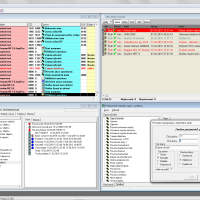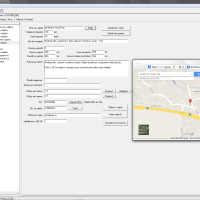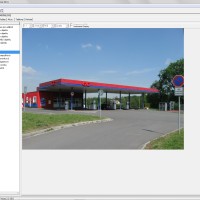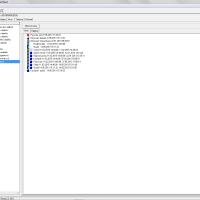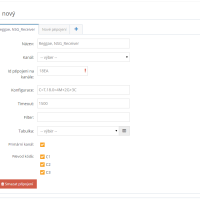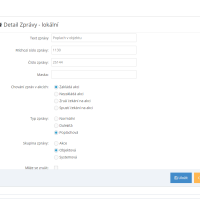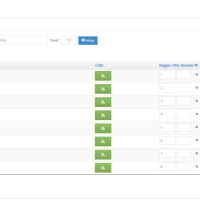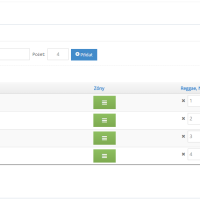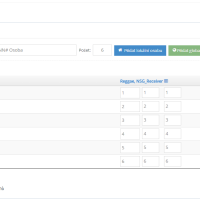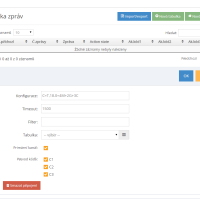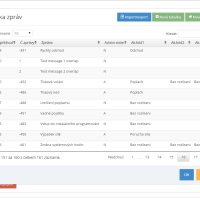NET-G is a software designed for remote monitoring of connected assets. It is ideal for quick and safe data processing on the alarm receiving centre.
As a professional and sophisticated system, NET-G can satisfy the needs of any company that runs network operations centre for remote monitoring of assets statuses. It allows for fast and efficient data processing from different alarm receiving centres.
NET-G advantages:
- Top-level data safety – the saved data are well protected thanks to the used client/server architecture. The base of the system is formed by the FirebirdSQL database which is designed for systems with non-stop operation.
- Network operation – NET-G software could run on local PC as well as on connected network comprised of several stations.
- Remote access – it is possible to connect to NET-G system remotely; the service technician can connect new asset into the system right at the customer’s premises.
- Open system – NET-G software allows for connecting wide range of receivers from different producers.
- Variability – NET-G consists of two main modules: an AppPco monitoring module and a module with AppDriver drivers. Appropriate drivers are then provided depending on the solution and devices the customer uses. The other NET-G module is AppService which manages different services such as service for sound replay or service that send events in the form of SMS and such.
- Unlimited number of assets – it is possible to define any number of assets in the system. An asset could be a monitored object or a house, company, car, person or controlling workplace. For every connected alarm receiving centre it is possible to define unlimited number of conversion tables of messages, assets, etc. These conversion tables allow for merging for example radio and phone assets defined within al6++arm receiving centre into one asset in NET-G system.
- Clear arrangement – each of the defined assets is classified and has its own place in so called tree structure similar to the one known from general operating systems. This structure could be changed, adjusted, extended by additional assets or it could be simplified by creating groups and subgroups.
- Details and particulars – it is possible to add any number of attributes to each asset (texts, graphics, conversion tables, unified addresses types or storage card, etc.). These data could be unified into forms that could be assigned to any asset.
PHOTO GALLERY
